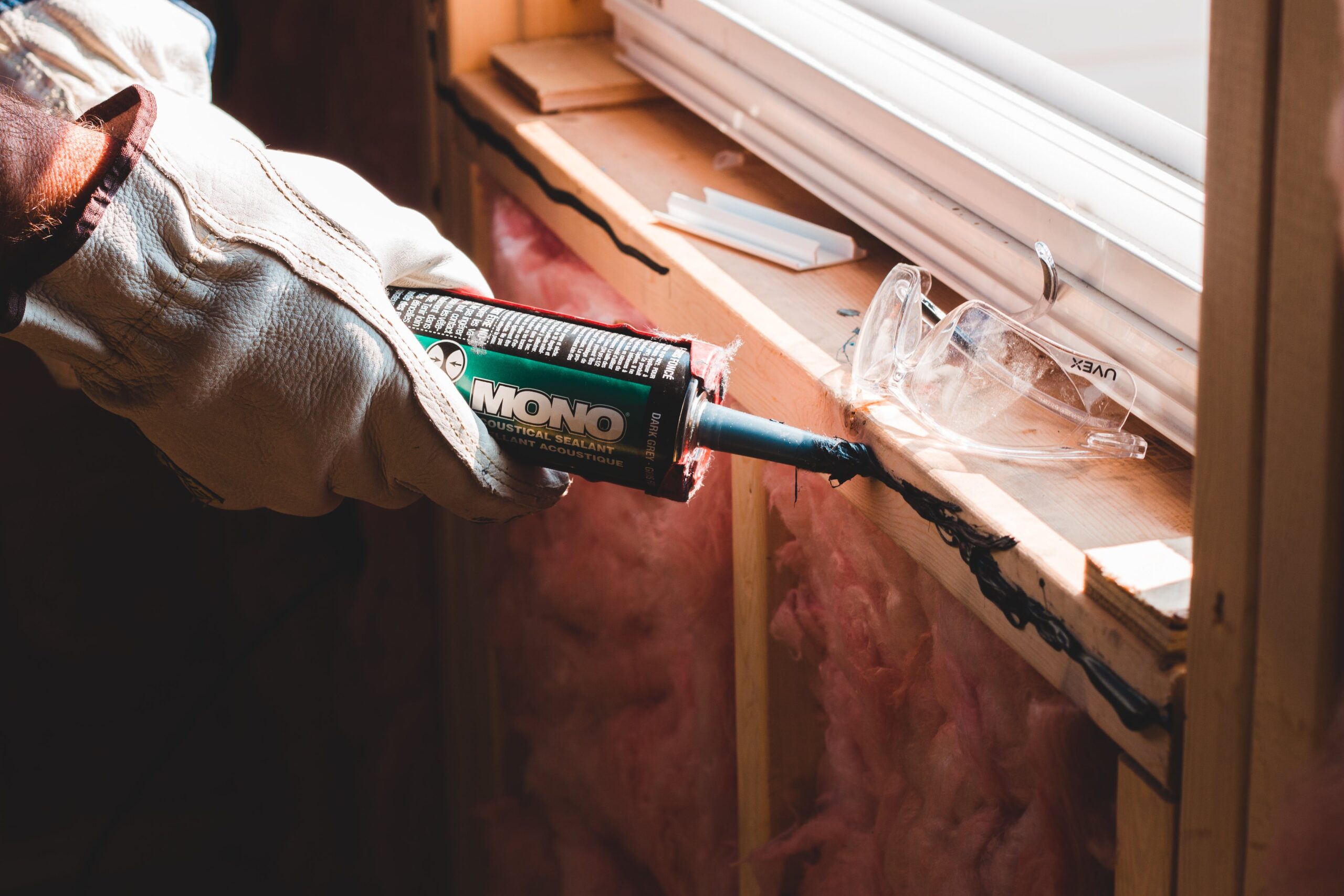Introduction:
In the pursuit of constructing energy-efficient buildings, managing air permeability is a critical factor that often involves temporary sealing methods during the testing phase. However, the construction industry is not immune to common faults that can compromise the efficacy of these measures. In this blog, we’ll explore these pitfalls while emphasizing the significance of air permeability testing, the dangers of the “mastic trap,” and best practices for temporary sealing.
- Common Faults in Air Permeability:a. Dry-Lining: Dry-lining, when not executed with precision, can introduce gaps and voids that undermine the integrity of the building envelope. Seams and joints in dry-lining materials, if not properly sealed, can become conduits for unwanted air leakage.b. Downlights: Recessed downlights, if not adequately sealed, can create pathways for air to escape into unconditioned spaces. Ensuring proper gaskets and seals around these fixtures is crucial for maintaining airtightness.
c. Bathroom Pipework Penetrations: Penetrations for bathroom pipework are common culprits for air leaks. Gaps around pipes and improper sealing can lead to uncontrolled air exchange, affecting the overall energy efficiency of the building.
d. Cold Roof Construction: Cold roof constructions, if not properly designed and sealed, can allow air to infiltrate through gaps in the roof structure. Sealing joints, penetrations, and ensuring proper insulation are essential to mitigate this issue.
e. Access Doors: Access doors, especially if not sealed adequately, can be significant sources of air leakage. Paying attention to the seals and gaskets around access doors is crucial for maintaining airtightness.
f. Electrical Outlets: Electrical outlets, if not properly sealed during installation, can contribute to air leaks. Using gaskets and sealants designed for electrical boxes can help prevent unwanted air infiltration.
g. External Windows and Doors: Improperly installed or poorly sealed windows and doors can compromise the airtightness of a building. Attention to the details of window and door installation, including the use of appropriate sealants, is vital.
h. Intermediate Floors and Perimeter Finishes: Gaps and voids around intermediate floors and perimeter finishes can create pathways for air to move freely between spaces. Sealing these areas effectively is crucial for achieving optimal airtightness.
Best Practices for Temporary Sealing:
- Tape It Right: Invest in high-quality tapes designed for temporary sealing. These tapes should adhere well to various surfaces, resist tearing, and be easy to remove after testing.
- Choose Versatile Sealants: Opt for sealants that can flex and adapt to different surfaces without losing their sealing properties. Silicone-based sealants are known for their durability and flexibility.
- Consider Membranes: Membranes provide an effective barrier against air leakage. Select breathable membranes that allow for controlled drying while maintaining a sealed environment.
- Training and Expertise: Ensure that personnel involved in the sealing process are adequately trained and understand the nuances of temporary sealing. This knowledge is crucial for achieving accurate air permeability test results.
Conclusion:
By understanding and addressing common faults such as those mentioned above, construction professionals can enhance the effectiveness of temporary sealing methods during air permeability testing. Avoiding these pitfalls is essential for creating buildings that not only meet energy efficiency standards but also stand the test of time with a robust and airtight building envelope.

